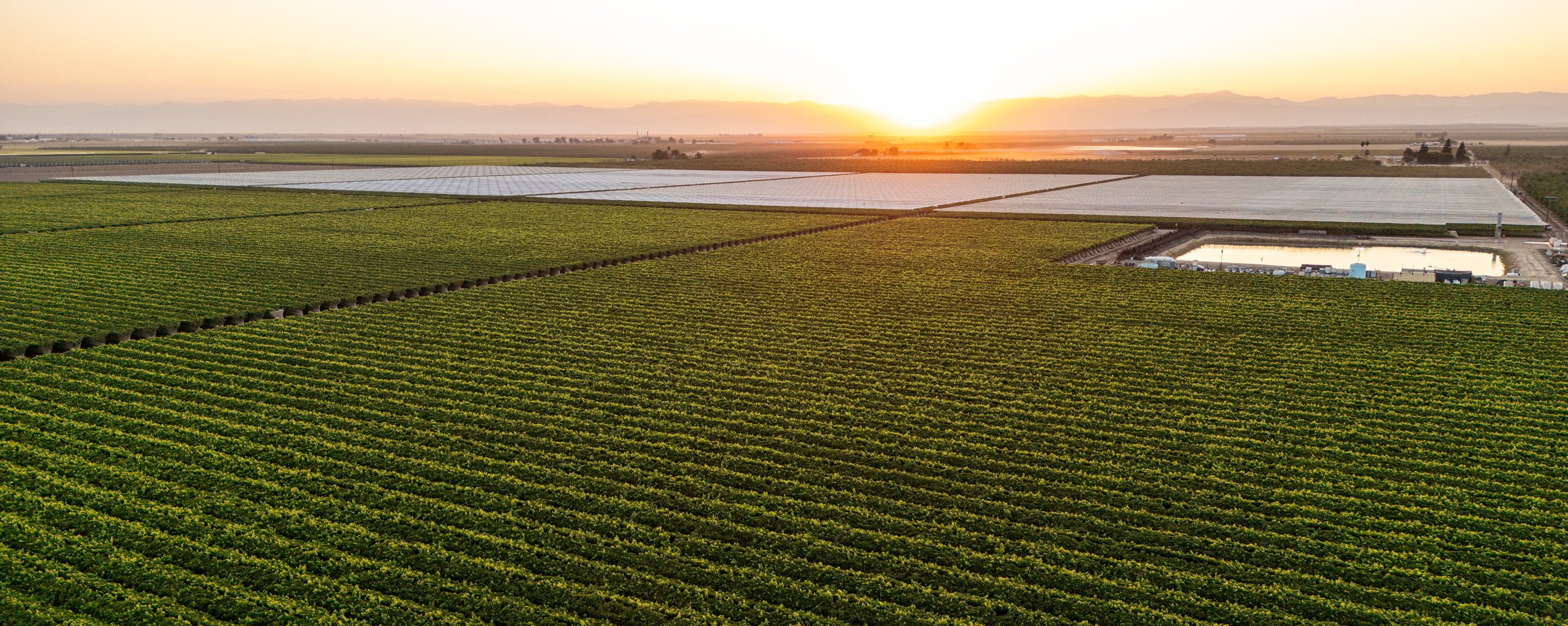Jim Beagle stands in the world’s largest vineyard for a wildly popular sweet white table grape known as Cotton Candy. He is CEO and co-owner of Grapery, the company that first introduced this variety through its ongoing breeding programme and named the grape for its flavour profile – so similar to that of the familiar fairground treat. As Jim recalls, neither he nor the breeder especially liked it when they produced the first edible samples.
“It’s also a really difficult grape to grow,” he says, so they weren’t keen to proceed with it until they took those samples to tasting events. “And everyone who tried it loved it. We realised that it only matters what everyone else likes. So we ran with it, launched it on the market, got a lot of interest from the media and consumers, and it became a big hit almost overnight.”
There are many other, similar operations in the surrounding 70-mile radius of California’s San Joaquin Valley. “It’s the best region in the world for growing high-quality table grapes,” says Jim, “and Grapery is right in the epicentre.” All those growers share the same challenges, too, weighing many different factors when it comes to harvesting and shipping their product. Just as one example: “It’s far too easy for farmers to pick grapes before peak maturity. There are a lot of reasons to do that, a lot of pressures within the food system.”
But Grapery does not, because picking at the optimal moment is the only way to ensure optimal flavour. “We’re really disciplined about waiting until the flavour is at its absolute peak. In the short term that means making sacrifices, but in the long run, it means more people having a great eating experience. It’s better business, and it’s more fun for us.”
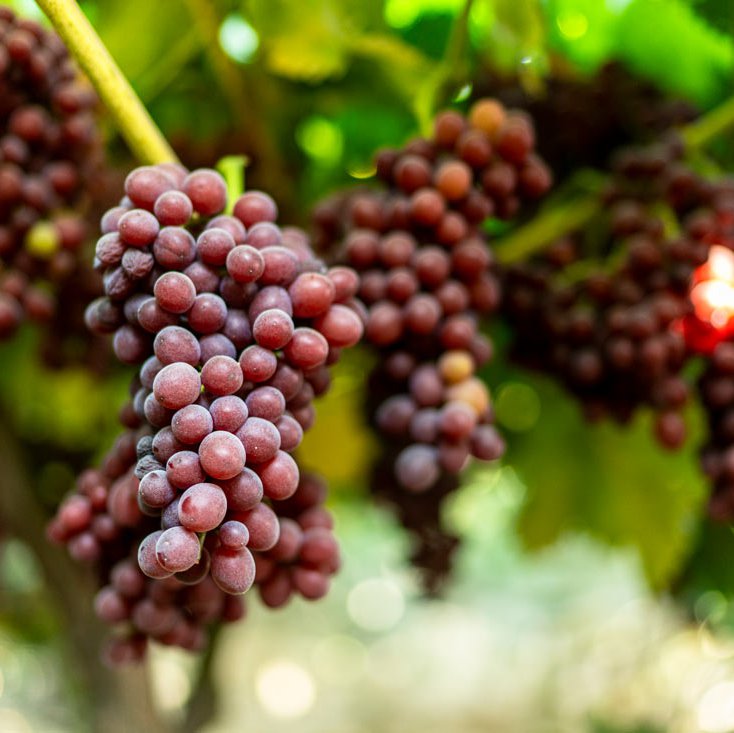
Candy Snaps on the vine
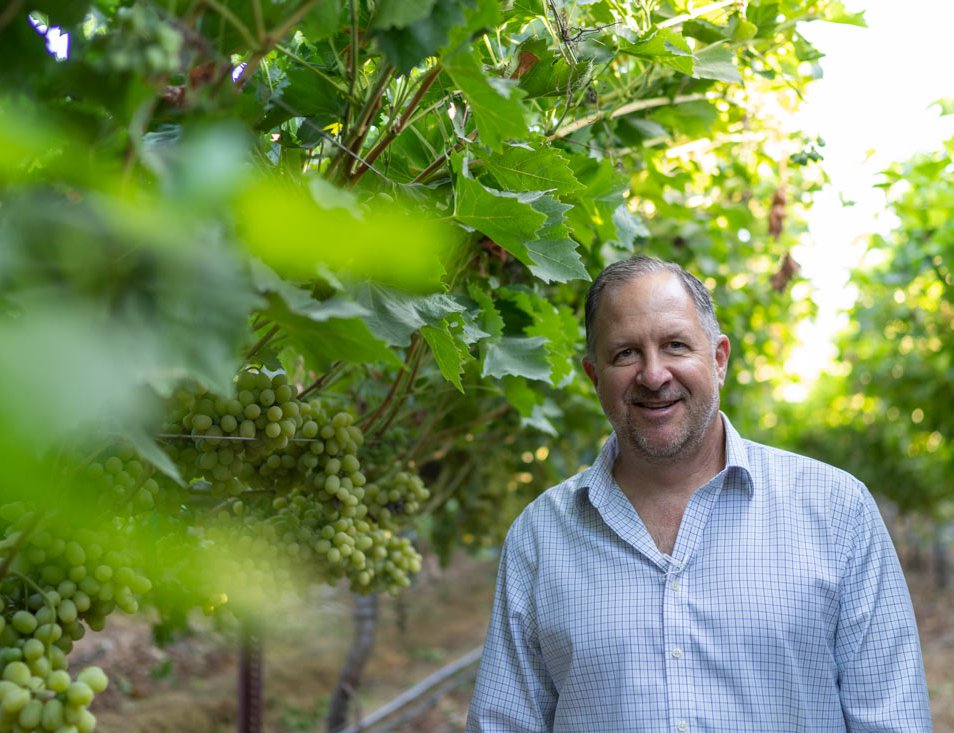
Jim Beagle
Which is to say that flavour is the absolute priority for Jim and his partner Jack Pandol, who founded the company. The latter is a third-generation table grape farmer – his grandfather Stjepe was among the immigrants from Croatia who set up in this valley in the early 1900s. Jim, for his part, is the son of a foreman for a large farming company.
“He would leave me with his crews on weekends and breaks from school. So I started picking grapes at five years old and since then I’ve done every job in the vineyards.” He later studied viniculture and farmed for a while himself before partnering with Jack at Grapery.
“It’s a small company and between us we do everything. Farming, breeding, harvesting, sales and marketing, making sure the grapes are cared for from beginning to end. We rely on both of our lifetimes in the vineyards as the experience that shapes what we do.”
Jim’s particular skillset requires him to be out in the vineyards tasting grapes every day. “I’m the only one who is allowed to set the standard that we harvest at. Over the years I have conditioned my tastebuds to know what’s going to get a great reaction.”
As proven with the case of Cotton Candy, it’s not so much a matter of his personal taste as his sense for what will fly on the market. This awareness runs right through the 11 varieties that Grapery now grows commercially, the “20 or so” they are currently testing and the 15 to 20,000 they consider each year as part of their renowned breeding programme. “Of that number we will probably find only one or two that we think consumers are going to love.”
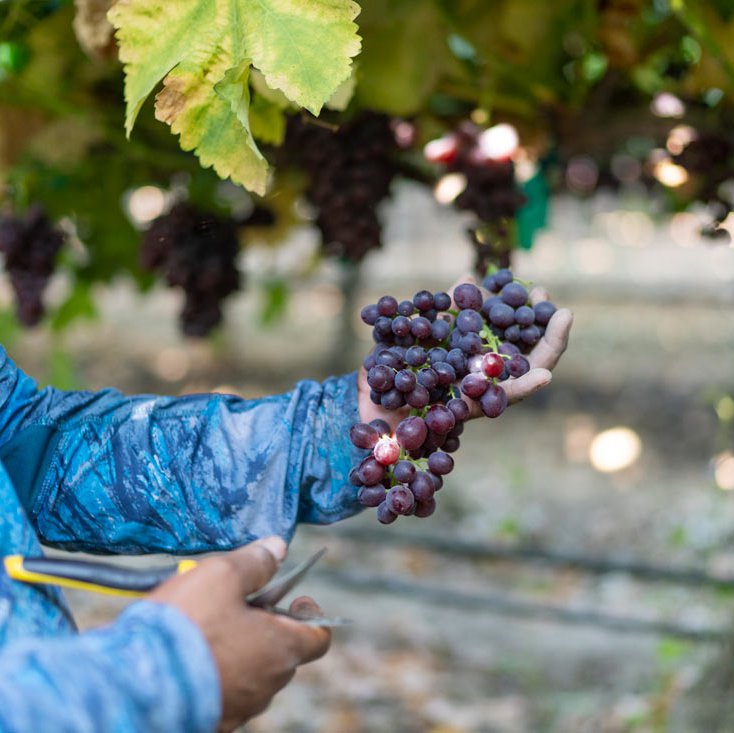
Pickers know the exact size, colour and structure of grapes with the best flavour
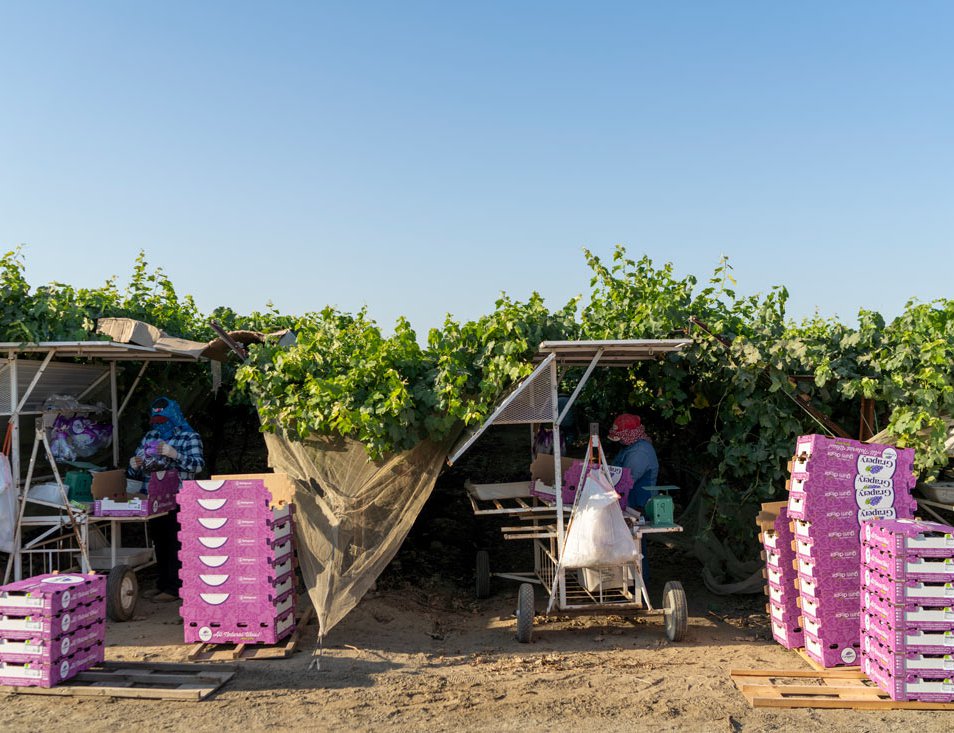
Pickers harvest the grapes in the early hours of the morning to escape the heat
Another hit for the company has been a sweet red variety called Candy Snaps, now part of the Grapery’s Gum Drops range of grapes with confectionery-like flavours. This variety is also grown and sold by other suppliers, but their grapes are often much larger than Jim and Jack’s. “Too often we think that bigger fruit is better, but that’s not always true when it comes to flavour… with our Candy Snaps the berries are smaller than you typically see in table grapes. We could get them bigger, we know how to do that, but when we try we lose the flavour. So we don’t focus on size, just on making sure they taste amazing every time.”
Our produce team would tend to agree that the sweet crunch of the end result is entirely on point. And everything in the Grapery catalogue is bred and grown using centuries-old techniques – the company prides itself on an “all-natural” approach. Interventions are limited to specialist farming techniques such as “girdling”, where very precise incisions are made in the grapevine at certain times of year to redirect the flow of sugars into the fruit.
The resulting scars in the bark are only temporary and the method is deployed for one reason only: “To concentrate flavour.” “We have seasons of course,” says Jim. “The harvest starts in early July and runs through to October. Any single variety usually has a 10-week harvest window, though some come earlier or later. But flavour never stops.
“Pruning, irrigation, leaf canopy management, the yield we allow on the vines… everything we do, all year, contributes to the flavour of the grapes.”
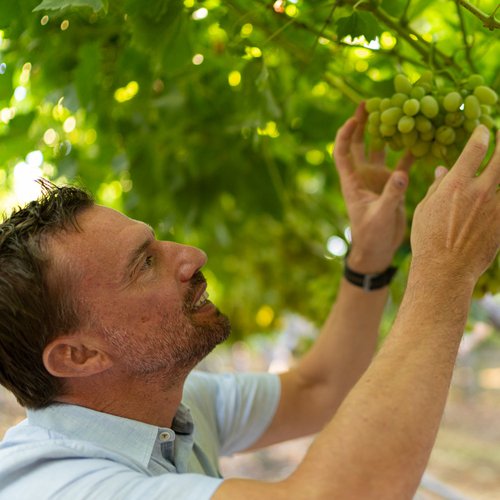
Produce commercial manager
Neil Gibson says
When it comes to premium quality, great-tasting grapes, it is all about leaving the grape on the vine as long as possible to really allow the sugars and flavours to develop. As soon as our grapes from Grapery are picked, they’re rushed to the cold rooms then immediately flown to Dubai. Their Cotton Candy grapes are some of the sweetest that we sell at Spinneys – while their Candy Snaps are perhaps the tastiest with a more rounded flavour.
